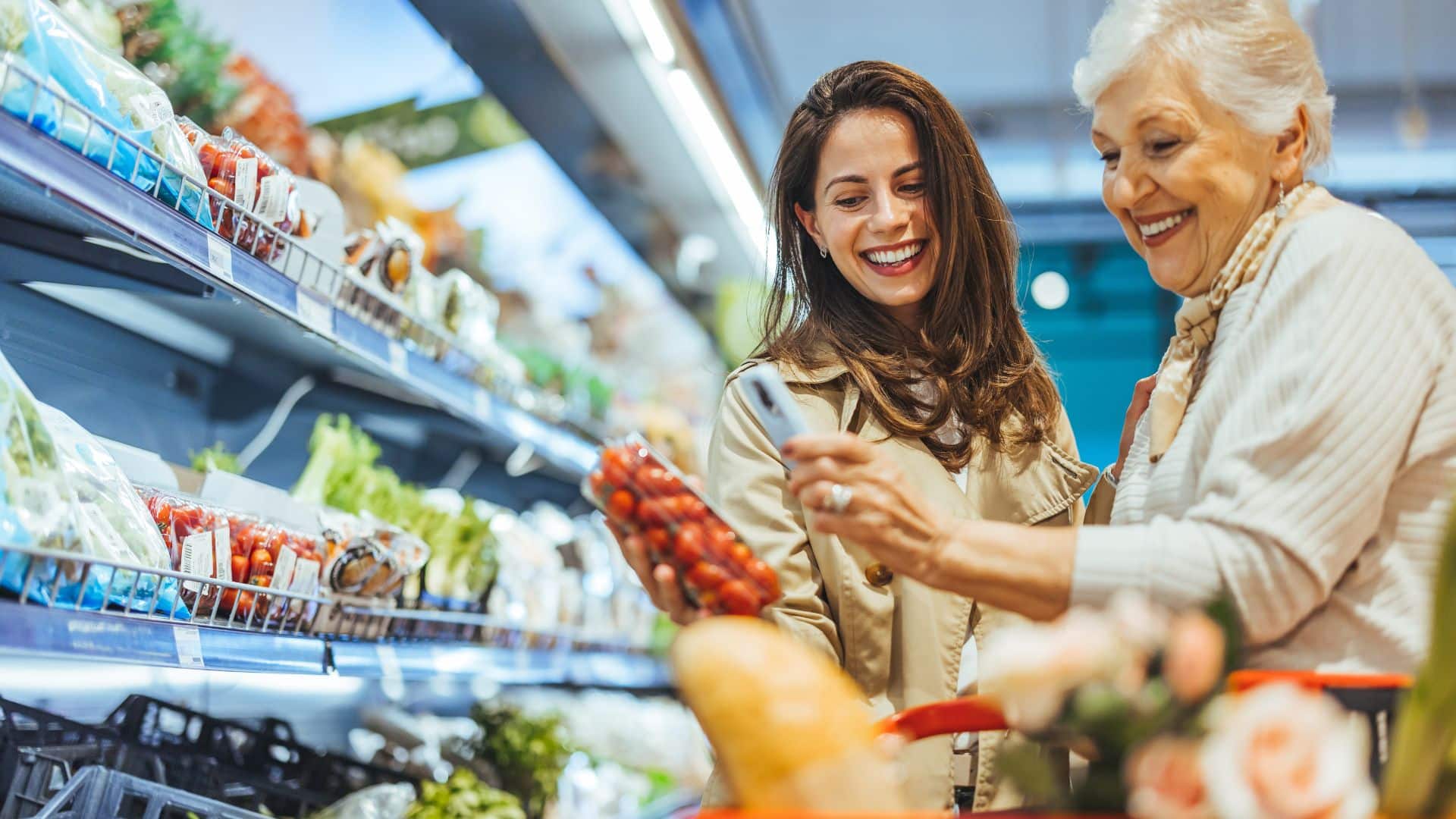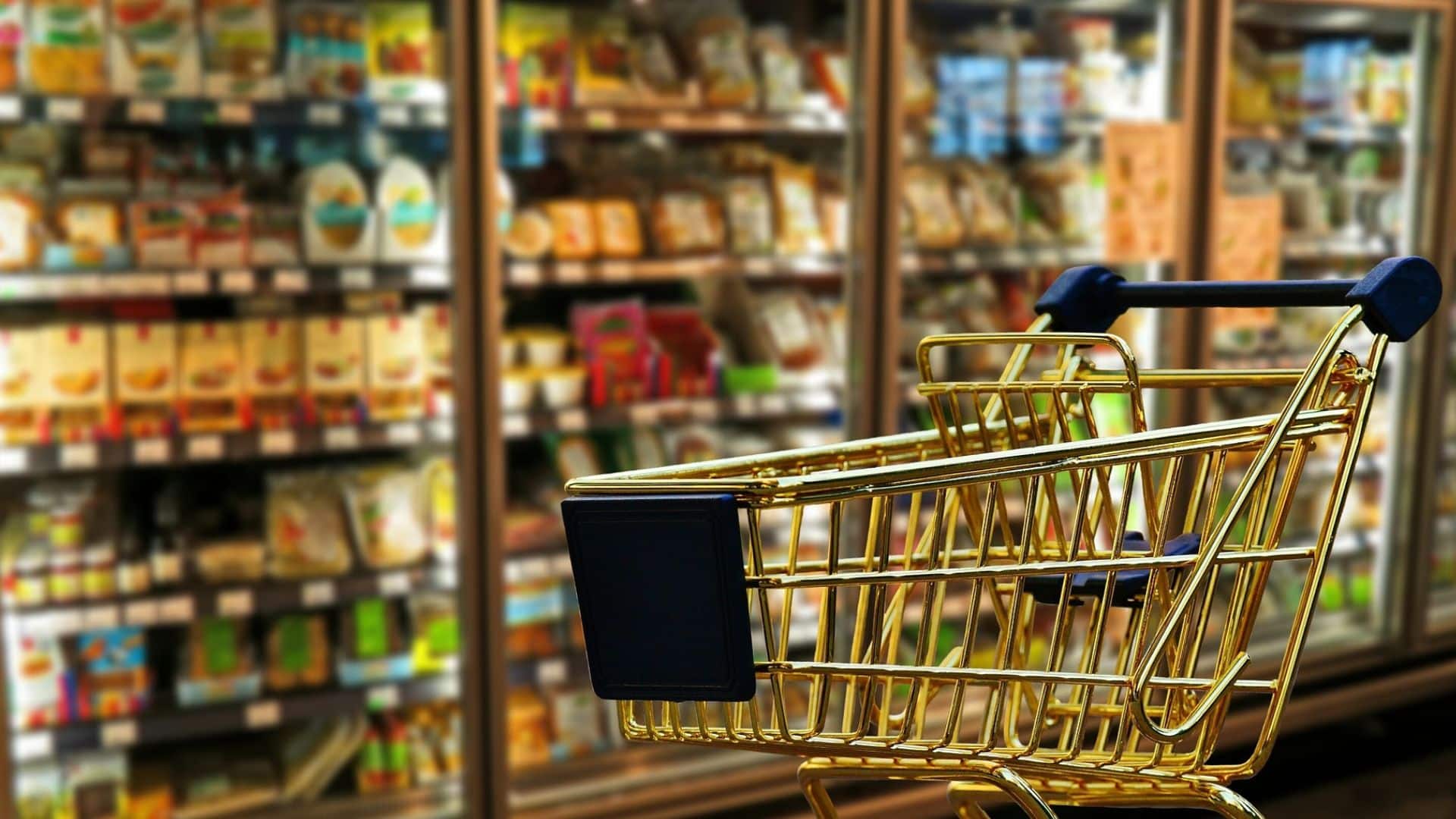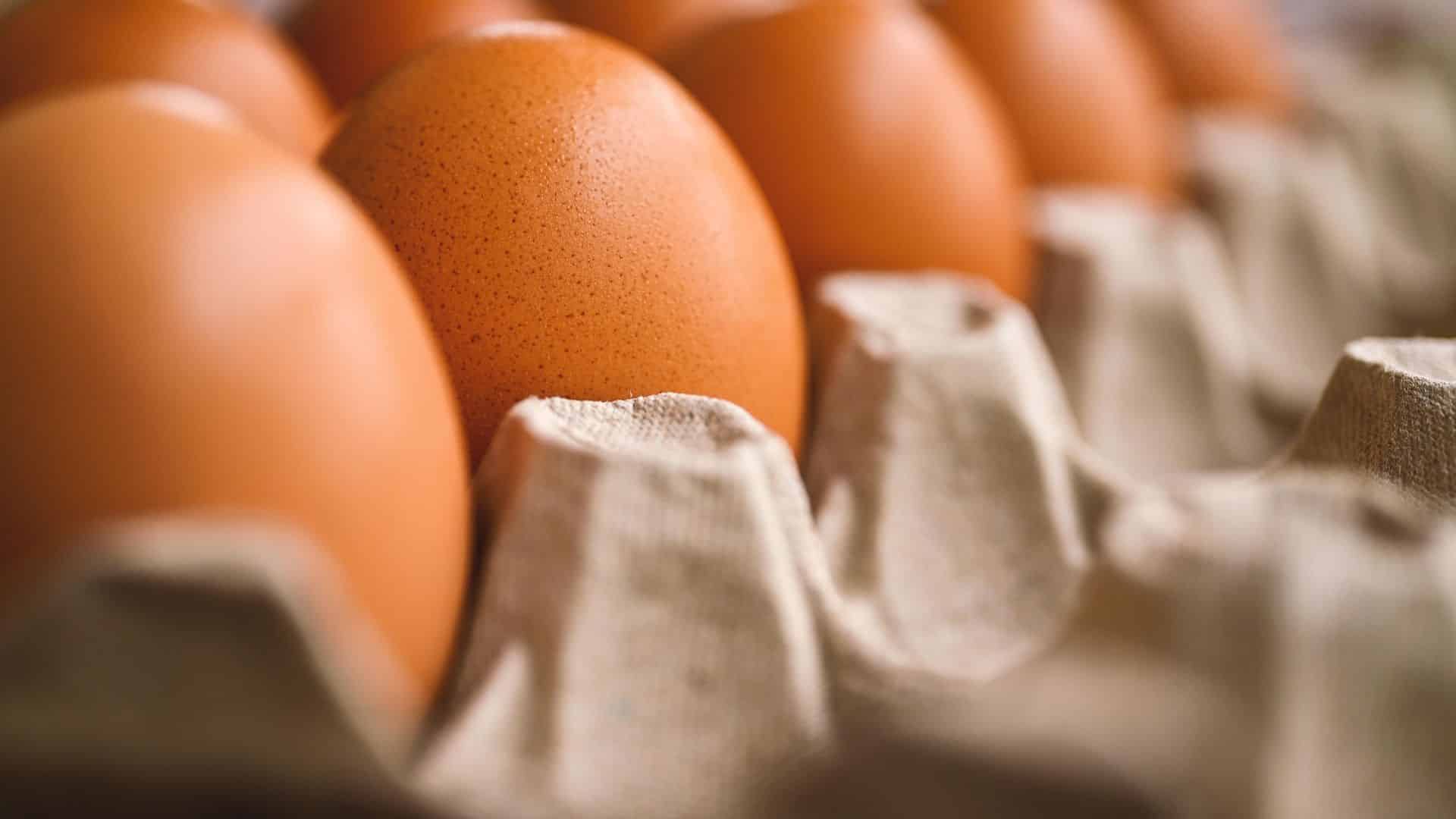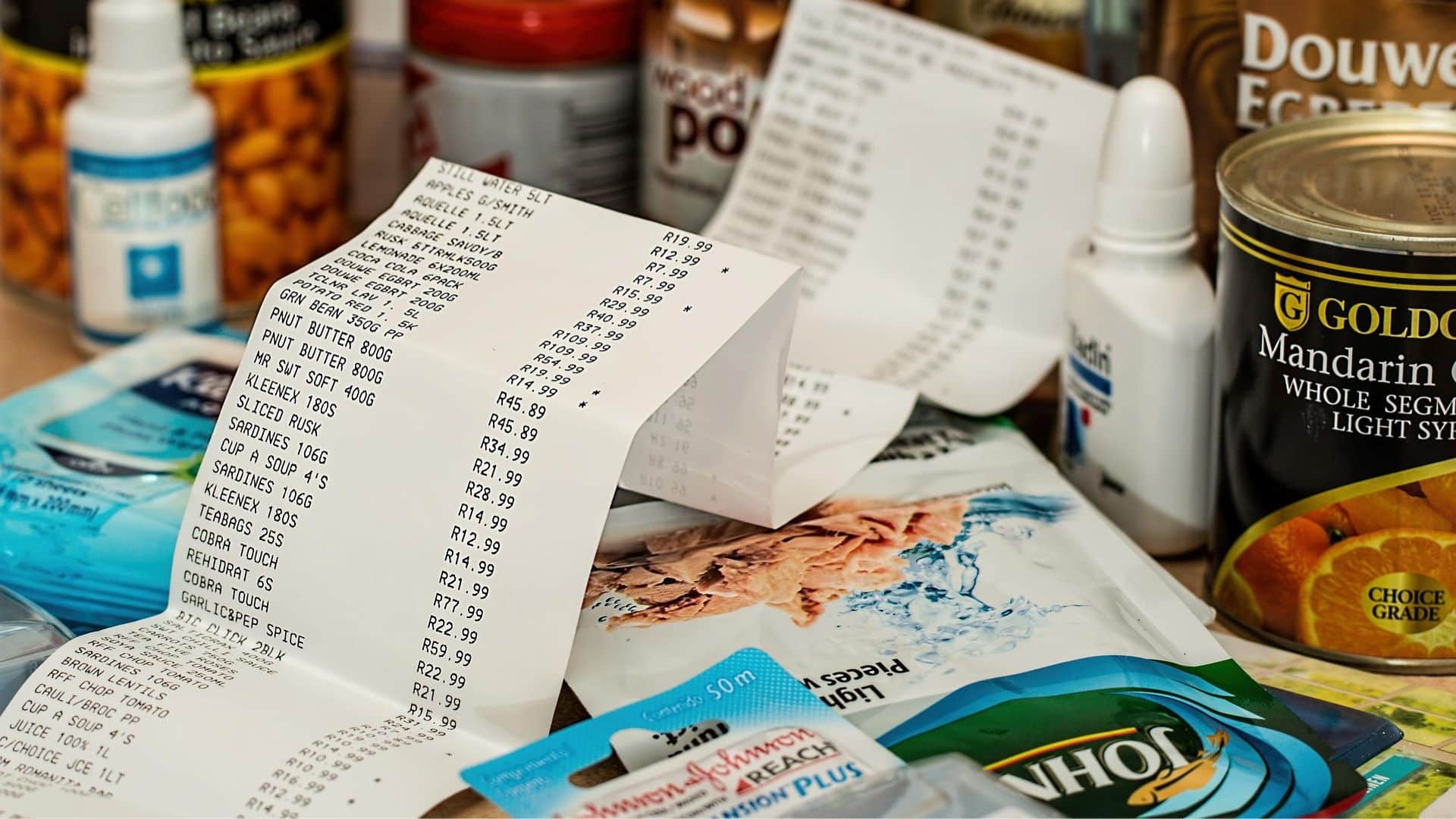
Grocery bills have become a growing concern for many American households. Since Donald Trump assumed the presidency, food prices have shown little sign of relief, and in several categories, they continue to climb. Forecasts from government agencies and private analysts reveal that consumers are paying more for everyday items, with future projections suggesting this trend is unlikely to reverse quickly.
The Growing Weight of Food Costs

Food remains one of the most visible household expenses. Rising grocery prices not only strain family budgets but also shape how people perceive the overall economy and leadership. The impact is direct, personal, and hard to ignore when every trip to the supermarket feels more expensive.
Public Perception and Stress

A mid-2025 poll by the Associated Press-NORC Center found that more than half of respondents described grocery costs as a major source of stress. Many shoppers are adapting by opting for cheaper brands, reducing quantities, or changing their shopping habits entirely. For millions, the grocery aisle has become a place of tough choices.
Promises Versus Reality

Trump pledged during his campaign to bring prices down quickly. However, data from the USDA Economic Research Service shows that food prices have continued their upward trend. Between May and June, the Consumer Price Index for food rose by 0.3%, marking a 3% increase compared to the previous year.
Looking Ahead in Forecasts

The USDA projects that food costs will rise 2.9% in 2025 and another 2.7% in 2026. These forecasts suggest that families should prepare for sustained price pressures in the near future, rather than expecting an immediate return to more affordable shopping trips.
What Official Numbers Miss

Experts caution that headline economic figures often exclude food and energy, the very categories where families feel inflation the most. While core CPI might look stable, households dependent on proteins, beverages, and other essentials have faced sharper price hikes, sometimes reaching double digits compared to the reported average of 3%.
Specific Items Under Pressure

Data from NBC News highlights how certain staples remain stubbornly high. Eggs, chicken, and beef have each increased in cost year-over-year. Egg prices are expected to be especially volatile, with USDA forecasting changes of more than 20% in 2025, while beef and veal are projected to rise nearly 9%.
A Web of Influences

Rising grocery costs are not tied to a single cause. Tariffs on imported goods, shifts in labor availability, and broader global supply challenges all play a role. Weather patterns and disease outbreaks in livestock add further unpredictability, making it difficult for consumers to see relief at the checkout line.
The Domino Effect of Pricing

According to financial educators, the path from farm to store shelf involves multiple stages—production, transportation, stocking, and labor. Each step adds costs that compound into higher prices for consumers. Without a significant drop in these operational expenses, grocery prices are unlikely to ease in a meaningful way.
The Role of Tariffs

Trade policies continue to shape the cost of goods on supermarket shelves. While businesses may absorb some increases initially, most added expenses eventually filter down to shoppers. Uncertain tariff policies further contribute to market instability, leaving families unsure of what to expect when planning their budgets.

